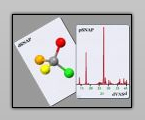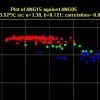Publishing Results
Click here to find out how to optimise dSNAP and PolySNAP graphics displays for publication.
Compare programs
Click here for an overview comparing dSNAP, PolySNAP and PolySNAP M.
SNAP software is developed by the
Theoretical Crystallography group at the University of Glasgow, and is
exclusively distributed by Bruker AXS.
dSNAP Features
Overview:
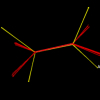 Include your own CIF files in the analysis
Include your own CIF files in the analysis- Automatic distance/angle generation
- Automatic chemical symmetry correction
- 3D fragment viewer overlay screen
- Friendlier interface and 'Quick Start' guides
- Analysis of up to 4000 fragments and up to 20 atoms per fragment in one single run
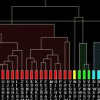 Automatic comparison of all fragments with each other
Automatic comparison of all fragments with each other- Two independant methods of clustering to determine optimum clustering
- Highly interactive graphic displays update clustering in real-time
- Automatic generation of distances and angles
- Facilities to correct for local chemical symmetry
Data Evaluation:
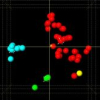 Customisable graphics to allow for professional looking output
Customisable graphics to allow for professional looking output- Ability to re-run on selected subset of original input
- Integration with Mercury or ConQuest to view structures
- 3D viewer allows overlay of selected fragments
- 2D viewer related selected variables to original fragment
Data Visualisation:
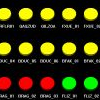 Colour-coded cell displays for easy overview of results
Colour-coded cell displays for easy overview of results- CSD Refcodes displayed for fragment identification
- Dendrogram display for similarity analysis
- Fully interactive rotatable 3D plots
- similar hits visibly cluster together
- Tables of raw numerical results
Variables Analysis mode
